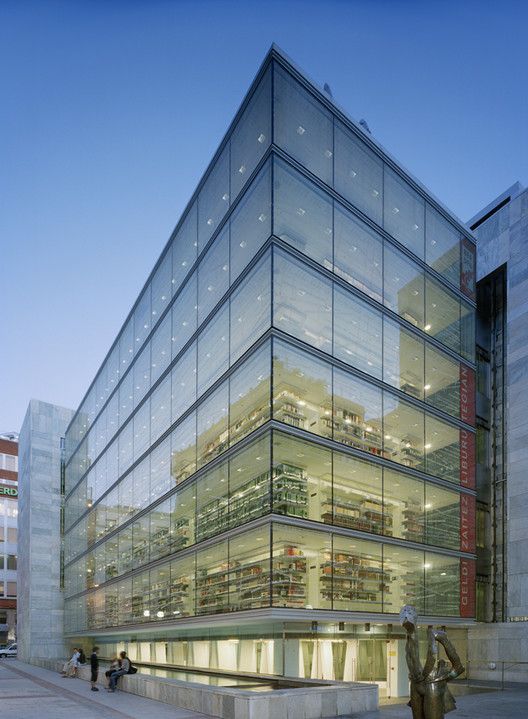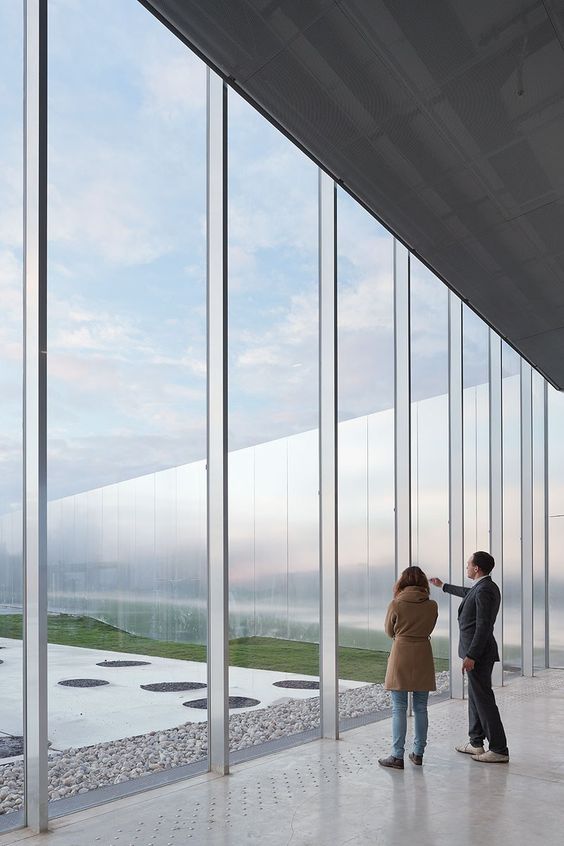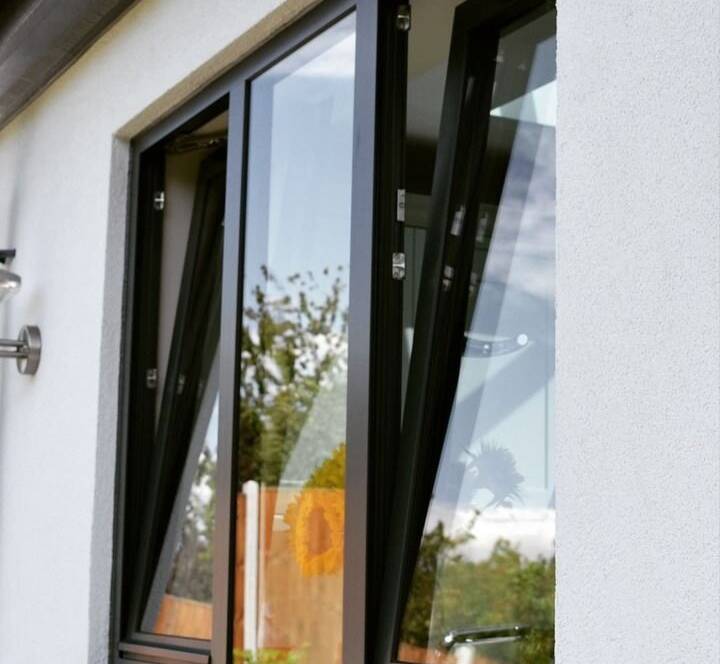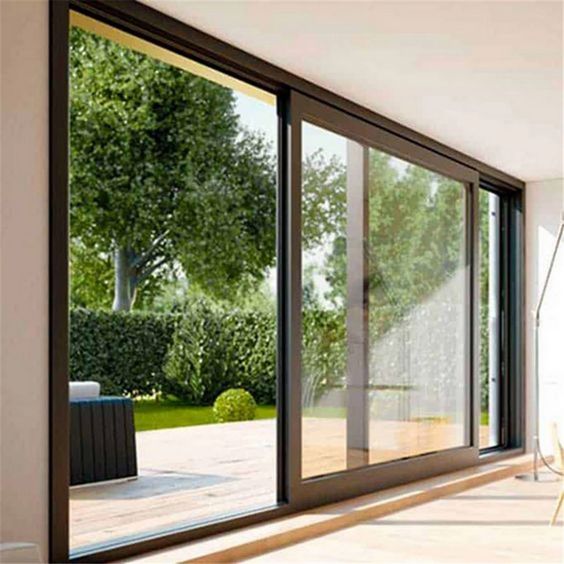A curtain wall is a robust and durable architectural element that serves as an exterior façade for buildings. Constructed from high-strength materials like aluminum, steel, and reinforced glass, it provides heavy-duty protection against the elements. Despite its lightweight appearance, the curtain wall is engineered to withstand severe weather conditions, wind pressures, and impacts, ensuring the building’s integrity and longevity. This feature not only enhances the structure’s aesthetic appeal but also offers superior insulation and energy efficiency, making it a reliable and enduring choice for modern architecture.
Advanced Curtain Wall Systems: Technical Insights and Professional Applications
A curtain wall is a sophisticated and integral component in contemporary architecture, serving as a non-load-bearing exterior façade system. Engineered with high-performance materials such as extruded aluminum framing and tempered or laminated glass panels, it provides exceptional resistance to environmental stresses, including wind loads, thermal expansion, and seismic activity. The curtain wall system is meticulously designed to incorporate advanced glazing technologies, which enhance thermal insulation, acoustic performance, and UV protection. Its modular construction allows for efficient assembly and installation, ensuring precision and consistency in large-scale projects. Furthermore, the curtain wall’s ability to integrate with various building systems, such as HVAC and shading devices, makes it a pivotal element in achieving sustainable and energy-efficient building designs
In terms of durability, curtain walls are engineered to meet stringent performance criteria, ensuring long-term reliability and minimal maintenance. The materials used are often treated with protective coatings to resist corrosion, weathering, and pollution, extending the lifespan of the façade. Structural silicone glazing and thermal breaks within the system provide enhanced strength and energy efficiency, respectively.


The design flexibility of curtain walls allows architects to create aesthetically pleasing and innovative building exteriors. They can be customized to fit complex geometries and incorporate various finishes and textures, offering endless possibilities for creative expression. Moreover, modern curtain wall systems often include features like integrated photovoltaic panels, contributing to the building’s renewable energy production.
Structural and Environmental Benefits of Modern Curtain Wall Systems
Curtain walls are a key feature in modern architecture, providing a non-structural exterior that offers environmental protection and aesthetic appeal. Made from high-performance materials like aluminum alloys and high-strength glass, these systems can withstand wind pressures, thermal expansion, and seismic loads.
Advanced curtain wall designs incorporate thermal breaks and high-performance glazing to enhance insulation and reduce energy consumption. Double or triple glazing also improves acoustic performance, creating quieter indoor spaces.
Durability is a significant advantage, with materials treated to resist corrosion, UV degradation, and pollution. Structural silicone glazing adds flexibility and strength, ensuring long-term integrity with minimal maintenance.
Design flexibility allows architects to create sleek, modern exteriors with various shapes, finishes, and textures. Features like photovoltaic panels and dynamic shading can be integrated to boost energy efficiency.
In summary, advanced curtain wall systems represent a convergence of aesthetic appeal, structural integrity, and environmental performance. Their ability to withstand harsh environmental conditions while providing superior energy efficiency and design versatility makes them an indispensable element in modern high-performance buildings.




